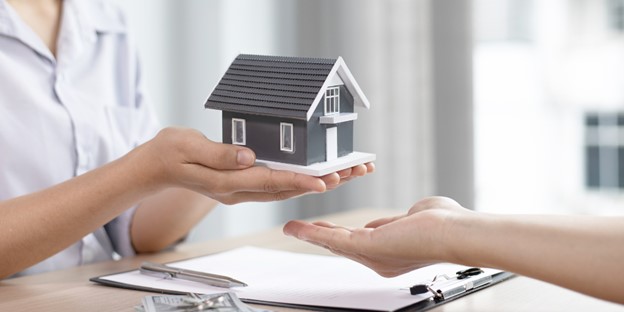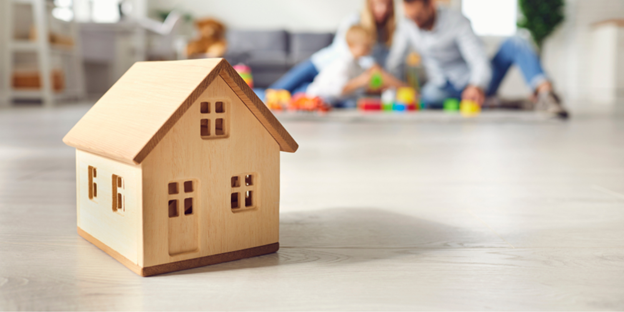How Do I Decide What to Cover?
You’ll need to consider what’s important to you, what you want to protect, and how much coverage would be enough. What is the minimum amount of home insurance you need? You may want a little more than the bare minimum if your house is expensive or in an area prone to earthquakes. Or maybe less if it’s an older home remodeled recently but still needs some work done on its foundation before it’s safe for a family with small children or pets.
Do I need fire protection? If so, this will impact how much coverage costs because there are different levels of insurance depending on whether your policy includes certain types of liability coverage (for example, primary liability).
How Much Can You Afford to Pay Out of Pocket?
How much you can afford to pay out of pocket depends on your budget. If you’re on a tight budget, it might be best to choose a lower deductible—this will keep the cost of your premium lower and make it more affordable. You may also consider a fast loan advance. It’s fairly straightforward and aims to provide extra cash to help you before your next paycheck. However, if you have plenty of money in the bank and don’t mind spending some for peace of mind (and maybe even some extra cash savings), then consider putting up with a higher deductible so that there won’t be any financial ramifications if something goes wrong with your home’s structure or contents.
Personal Property Coverage
Personal property coverage protects your personal belongings. This includes your furniture, clothes, jewelry, and other possessions. You can also choose to add coverage for electronics and appliances. If you have expensive items like artwork or antiques, it’s a good idea to ensure a separate rider covers them.
It can include:
- Small appliances and furniture
- Water damage to electronics or other items that cost a lot of money to replace
Personal property coverage differs from homeowners insurance, which protects the structure of your home from fire and water damage (it doesn’t cover individual items in your home). If you have both types of coverage, then only one type will apply to a specific incident like an earthquake or hurricane—the other would be voided out by the more significant policy covering everything else in your life.
Loss of Use Coverage
Loss of use coverage is a policy that pays for the cost of repairing or replacing items you own. In other words, if you’ve bought new furniture and it gets broken in an accident, your loss of use coverage will help cover the cost of fixing it before you can get back to using your home again.
Loss of Use Policies May also Includes Additional Features Like:
Protection against theft – If someone steals something from your house while it’s being repaired or replaced as part of its repair process (this could include theft from within someone else’s house), then they’ll be covered by this kind of policy too! It’ll make your home feel safer.
Repairs after a loss – If there are any problems with damage caused by water intrusion due to flooding during repairs, then it’ll be covered under this policy as well!
Liability Coverage
Liability coverage is the portion of your home insurance that covers you if someone claims you. This can include damage caused by an accident, fire, or theft. It also covers bodily injury and property damage sustained by others due to their behavior while on your property. Liability coverage protects people who live in the home from being held liable for any accidents or injuries that occur on or around the premises during their stay there. The policy also protects those who visit or work at the residence from liability claims related to incidents occurring during those times (i.e., if someone gets hurt doing something inside).
Dwelling Coverage
Dwelling coverage refers to the home itself and its contents. Generally, your dwelling coverage will cover:
- The structure of your house or apartment building.
- The structure’s electrical, plumbing, and heating/cooling systems (if you have them).
It may also cover your garage or carport if you have one on the same property as your primary dwelling. If this is not included in the policy limit for loss due to fire or other causes that would generally be covered by a general liability policy (such as damage caused by natural disasters), then it would be an add-on feature called an “additional living space” (ALS).
Replacement Cost VS. Actual Cash Value
Regarding property insurance, the difference between replacement cost and actual cash value is a big one. Replacement cost is simply the amount you owe on your house if it were destroyed by fire or another natural disaster—it’s not as if you can walk into an insurance agent’s office and say, “I want my house to be replaced with this exact model!”
But if you have an old house that needs repairs after a storm or other damage has occurred, then what happens when these things happen? Will they pay the same amount as they would under an annual policy? How much will they reimburse me? And how long before we get paid back our losses?
The answer: Usually not very far into the future—and often not at all. Sometimes, there’s no reimbursement because homeowners insurance only covers up to $1 million worth of damage in most states (this varies by state). So if someone destroys everything around their home worth more than 1 million dollars worth of replacement costs…well…they’re screwed. And this is what many people don’t understand: They think they have insurance coverage for their home’s total value and are shocked when they find out that they don’t.
Adding Endorsements to the Policy
You can add extra coverage options to your policy by purchasing endorsements. These are a way for you to protect things that aren’t covered by the liability portion of your homeowner’s insurance policy. For example, you might want to purchase an endorsement that covers jewelry and collectibles in case they are stolen from your home. Or perhaps you have a pet? In this case, it’s possible that pets are not covered under liability limits or other restrictions on policies like homeowner’s or renter’s insurance—but if they go missing while on their property (such as outside), then adding an excess liability endorsement would help ensure those expenses are taken care of.
Conclusion
In conclusion, it’s important to remember that the purpose of excess liability coverage is to protect you from costs that your insurance policy doesn’t cover. For example, if someone gets hurt on your property and sues you for damages, this endorsement will help pay for legal fees and other costs associated with defending yourself in court. Also, keep in mind that there may be some restrictions on what type of losses are covered by an excess liability endorsement—so talk to your agent about what you need before purchasing this policy upgrade.




Comments are closed.